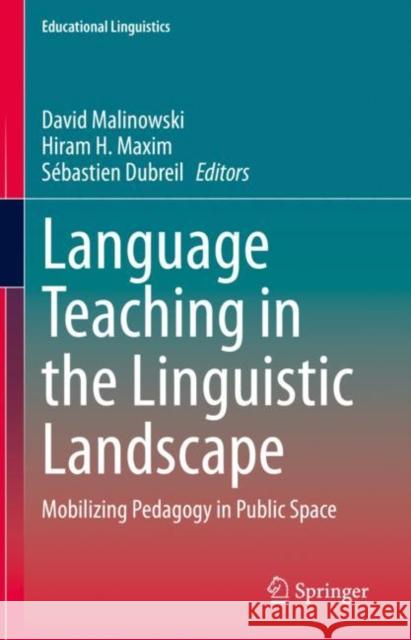Language Teaching in the Linguistic Landscape: Mobilizing Pedagogy in Public Space » książka
topmenu
Language Teaching in the Linguistic Landscape: Mobilizing Pedagogy in Public Space
ISBN-13: 9783030557607 / Angielski / Twarda / 2021 / 371 str.
Language Teaching in the Linguistic Landscape: Mobilizing Pedagogy in Public Space
ISBN-13: 9783030557607 / Angielski / Twarda / 2021 / 371 str.
cena 524,53
(netto: 499,55 VAT: 5%)
Najniższa cena z 30 dni: 501,19
(netto: 499,55 VAT: 5%)
Najniższa cena z 30 dni: 501,19
Termin realizacji zamówienia:
ok. 22 dni roboczych
Bez gwarancji dostawy przed świętami
ok. 22 dni roboczych
Bez gwarancji dostawy przed świętami
Darmowa dostawa!
Kategorie:
Kategorie BISAC:
Wydawca:
Springer
Seria wydawnicza:
Język:
Angielski
ISBN-13:
9783030557607
Rok wydania:
2021
Wydanie:
2020
Numer serii:
000263953
Ilość stron:
371
Waga:
0.63 kg
Wymiary:
23.88 x 19.56 x 1.52
Oprawa:
Twarda
Wolumenów:
01











